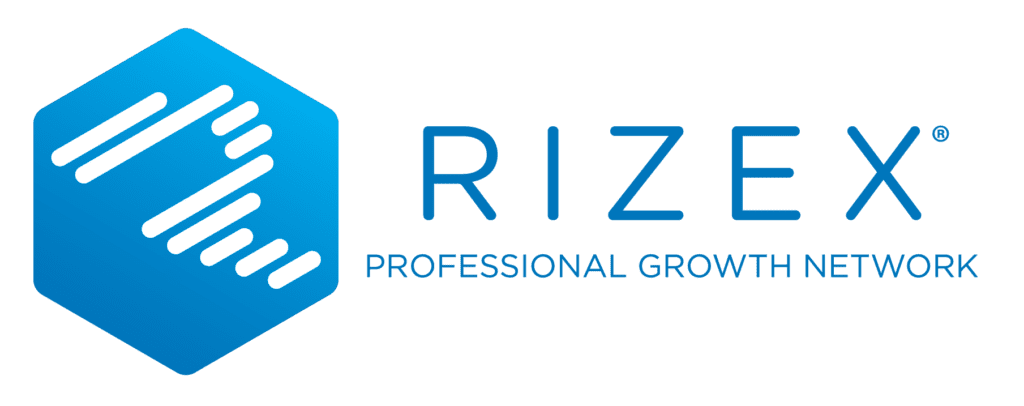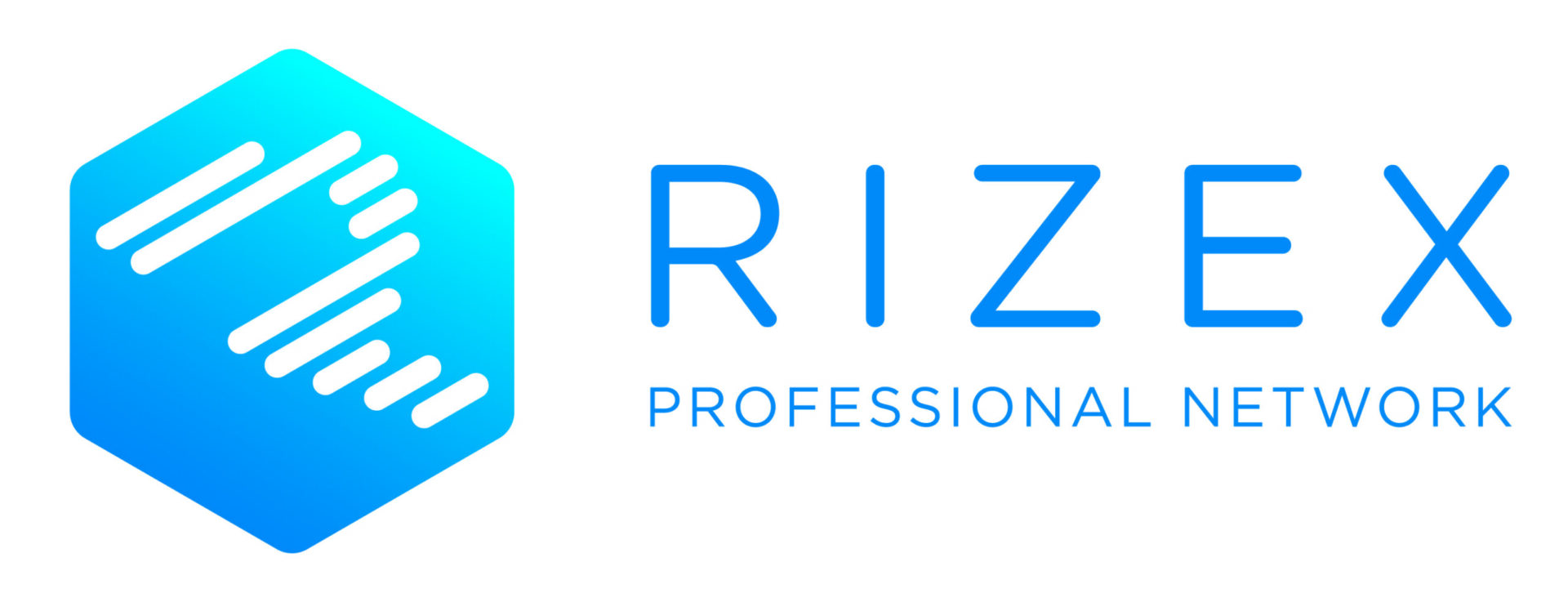
Navigating the Narrative: Understanding Customer Pain Points.
In the previous Blog Post – The Transformative Power of Storytelling for Your Business, we navigated through the compelling realm of storytelling in the business landscape, unveiling its potential to transcend mere transactions and foster a profound human connection. We introduced Donald Miller’s StoryBrand Framework as a cornerstone to crafting a captivating narrative, emphasizing the significance of embarking on the customer’s journey and positioning your business as their guiding light through the challenges ahead. Delving into the intricacies of internal, external, and philosophical pain points, we laid the groundwork for aligning with Understanding Customer Pain Points, setting the stage for an enriched engagement and impactful brand storytelling.
As we transition into Part 2 of this exploration, we’ll delve deeper into the practical steps of identifying and Understanding our Customer Pain Points. This understanding is pivotal as it shapes the narrative that resonates with our audience, thereby creating a substantial and meaningful impact. So, let’s march forward into the realm of execution, refining our approach to resonate profoundly and foster a lasting engagement with our audience.
The Target Demographic:
Allow me to guide you through the fundamental process of how I assist clients in honing in on the audience they aim to share their story with. Remember, every business endeavor begins with pinpointing the target demographic. Operating a business without a clear understanding of whom you are attempting to communicate with can pose a significant challenge.
How to Identify the Customer Demographics:
Understanding the various Customer Pain Points of your target demographic is crucial for tailoring your messaging and solutions to meet their needs effectively. Here’s a brief overview of the internal, external, and philosophical pain points:
- Internal Pain Points:
- These are the personal, emotional struggles or frustrations your target audience faces. Understanding internal pain points allows you to empathize with your audience on a deeper level and tailor your messaging to resonate emotionally.
- External Pain Points:
- External pain points are the observable problems or challenges faced by your audience. They can be identified more easily and are often the surface-level issues your products or services aim to resolve. By addressing external pain points, you demonstrate the tangible value your business can provide.
- Philosophical Pain Points:
- These are the broader, more existential or ethical concerns your target audience may have. Addressing philosophical pain points allows you to connect with your audience on a values-based level, showcasing the broader impact or societal value of your offerings.
By comprehensively understanding these different pain points, you can craft a multi-dimensional narrative that appeals to your target demographic on various levels – practical, emotional, and ethical, thereby building a stronger, more meaningful connection.
Donald Miller asserts, “Companies tend to sell solutions to external problems, but customers buy solutions to internal problems,” pinpointing this as the starting line of the narrative.
In essence, it’s imperative to delve into the customer’s internal pain points to accurately meet them at their point of need. The more adeptly we can align with their current circumstances, the more significant impact we’ll have on their purchasing decisions.
The HOW TO.
Uncovering the diverse pain points of your customers requires a blend of research, communication, and analysis. Here’s a structured approach to discerning these crucial insights:
- Market Research:
- Conduct surveys and questionnaires to gather direct feedback from your target audience regarding their challenges and perceptions.
- Utilize tools like Google Analytics to understand user behavior on your website and identify areas of friction.
- Competitor Analysis:
- Examine how competitors address customer pain points and observe customer reactions to their approaches.
- Tool: SEMRush
- Social Listening:
- Engage in social listening on platforms where your target audience congregates. Look for common issues or questions that arise within discussions.
- Customer Interviews:
- Conduct one-on-one interviews with customers to delve deeper into their personal experiences and challenges.
- Customer Reviews and Feedback:
- Analyze reviews and feedback from customers on your own and competitor products/services.
- Sales and Customer Support Interactions:
- Review interactions between customers and your sales or support teams to identify recurring issues or concerns.
- Industry Reports and Studies:
- Read industry-specific reports and studies that may provide insights into common pain points.
- Workshops and Ideation Sessions:
- Hold brainstorming sessions with cross-functional teams to hypothesize and discuss potential customer pain points.
- Testing and Validation:
- Validate your findings through A/B testing or usability testing to understand how changes aimed at alleviating pain points affect customer behavior and satisfaction.
Each of these methods can help unveil a different layer of understanding regarding your customer’s internal, external, and philosophical pain points. The insights gathered can significantly inform your storytelling approach, enabling you to resonate more deeply with your audience, address their core needs, and align your brand’s narrative with their values and aspirations.
AI Solution:
While the aforementioned strategies can be highly effective and beneficial, I’ve discovered that employing Artificial Intelligence (AI) can further illuminate the findings from these tactics and provide deeper insights into your customer base. First – open ChatGPT and copy and paste the following prompt (fill in the blanks).
“I am keen on delving into the internal, external, and philosophical pain points of my customer. I operate in the _________ industry, serving a customer base predominantly located in the _______________ region. Explore my website here: _______________. My industry is ___________________, and here’s a glimpse of the customers we are currently engaging with.” This approach can significantly augment your understanding of your customers, leveraging AI to draw out more nuanced insights based on the provided information.
In my consulting practice, I’ve discovered that this prompt serves as an excellent starting point for gaining a clearer perspective on my target customer. Feel free to incorporate additional prompts to further delineate aspects of your customer demographic.
Example:
Allow me to illustrate with a recent example. I have begun collaborating with an author embarking on the journey of crafting his debut book. While he has garnered an audience from his accomplishments in prior ventures, his aspiration is to broaden and extend his readership beyond the confines of his current industry. Here’s the methodical approach we adopted:
- Identification of the Target Demographic: We started by defining the general characteristics of the potential target demographic for the EntreThrive group, focusing on entrepreneurs.
- Understanding Pain Points: We categorized and examined various pain points specific to this demographic, dividing them into internal, external, and philosophical categories. This helped in understanding the depth and range of challenges these individuals face.
- Expanding on Pain Points: Each category of pain points was further elaborated to grasp the specific issues entrepreneurs deal with, from anxiety and burnout to challenges in decision-making and maintaining personal relationships.
- Delineation of Demographic Traits and Behaviors: We listed and detailed various aspects and characteristics of the EntreThrive customer demographic, including mindset, goals, values, challenges, needs, behavior, and financial outlook. This comprehensive profile provided more depth and context to the entrepreneurs’ world.
- Rationale for Focusing on Pain Points: We discussed the importance of understanding these pain points, emphasizing how they enable the creation of tailored, resonant programs and marketing strategies.
- Rewriting for Clarity and Impact: There was a focus on refining the provided content, making it more concise, impactful, and comprehensible, ensuring the message is clear and compelling.
- Micro-Analysis of Specific Pain Points: We zoomed in on particular internal pain points like “Happiness in Achieving Goals” and “Wellbeing and Habits,” discussing how these aspects, while generally positive, could become sources of stress or dissatisfaction due to various pressures entrepreneurs face.
Through these steps, we achieved a multi-dimensional understanding of the EntreThrive group’s target demographic, paving the way for more effective, empathetic, and targeted service provision and marketing strategies.
Next Week we will talk about the emotional connection these customers have to the StoryBrand process and how we can leverage different pain points depending on where our customer is in their journey. Stay Tuned!

